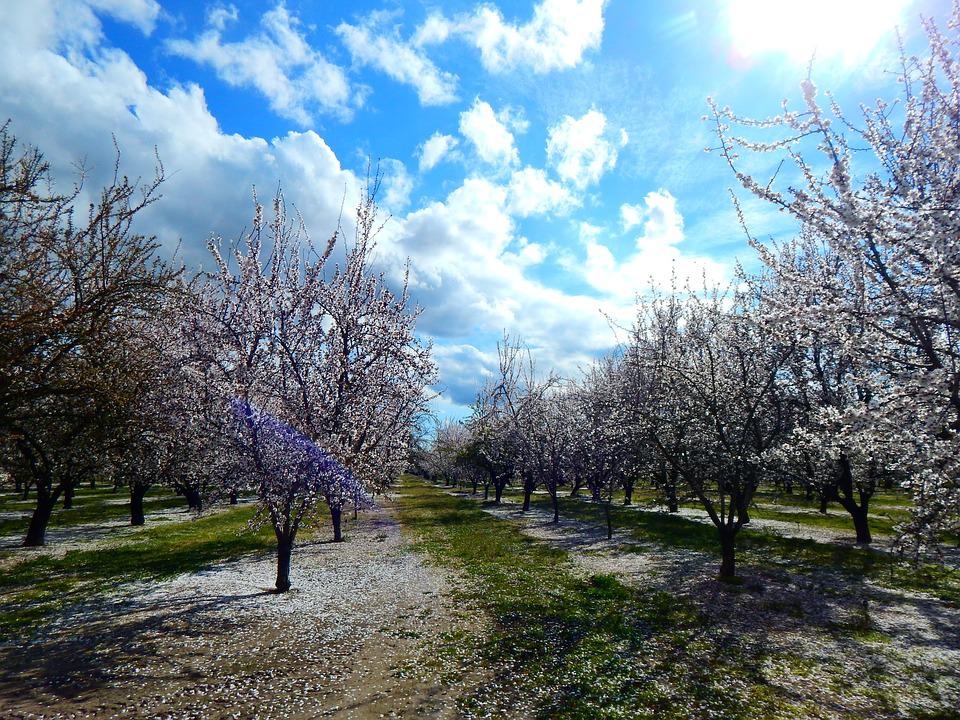



Article by: Hari Yellina (Orchard Tech)
If the history of the almond industry is considered, the first plantings in Kangaroo Island were witnessed in 1836. Slowly, these trees spread to private gardens throughout the nation. In the present times, the production now sweeps from the Northern Adelaide Plains to the Sunraysia and Riverina regions. In fact, commercially the most recent area where these trees are planted is in the Swan Region located in Western Australia.
Moreover, over the past twenty years, the almond industry has been booming exponentially in Australia. From plantings of 3,546 hectares in 2000, production has grown to 58,523 hectares in 2020. 19% of these orchards are not yet bearing crop and a further 33% are not yet mature. Sunraysia produces the largest volumes of almonds followed by the Riverland then the Riverina that has a high percentage of new plantings in the almond industry and will soon be a large contributor to the national crop.
The almond industry value chain is comprised of four segments: growing, hulling and shelling, sorting and packing, and value-adding. Once almonds
have been packed or processed for use in further food manufacturing, the products are ready for the wholesale, food service, retail, or export
markets. The largest growers are vertically integrated to encompass processing, packing, domestic and export marketing of their own almonds.
In 2020 Australia harvested 114,426 tonnes of these nuts in the almond industry. Exports during the 2020-21 marketing year (March to February) were valued at $545 million. Most of Australia’s exported almonds were sent to Asia Pacific and Oceania (67%) and Europe (22%). In terms of almond types exported, 54,710 tonnes (71%) were almond kernels, and 21,983 tonnes (29%) were inshells. Over the last 10 years total exports have increased from 21,315 tonnes (kernel weight equivalent) to 76,693 tonnes in the 2020-21 marketing year. The domestic market has increased over the same period from 15,631 to 31,603 tonnes.